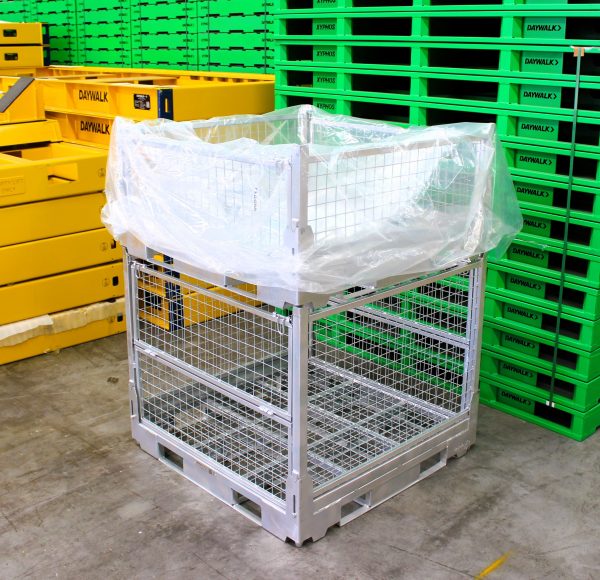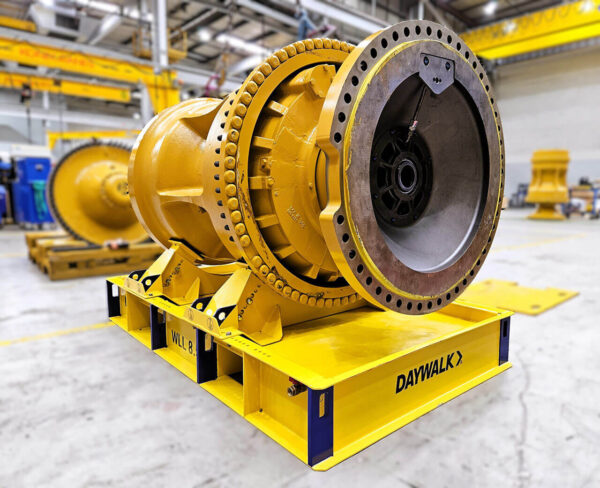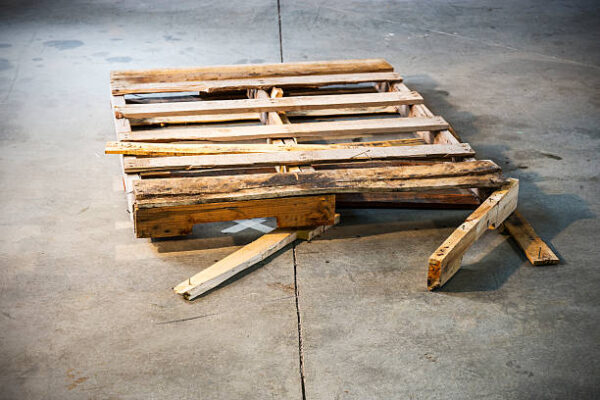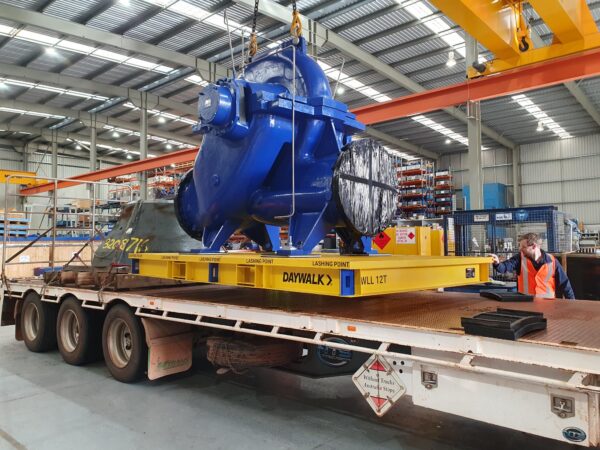When it comes to protecting metal from corrosion, two popular methods stand out: hot dip galvanising and zinc plating. Both techniques involve coating the metal with zinc to shield it from the elements, but they differ significantly in terms of application, thickness, longevity and more. Let’s dive into the details to understand the key differences between these two processes.
Hot Dip Galvanising
- Process
Hot dip galvanising involves immersing the metal in a bath of molten zinc, which coats the entire surface. This method ensures that even hard-to-reach areas are covered, providing comprehensive protection. The primary processing difference between zinc plating and hot dip galvanising lies in the duration the steel is immersed in the molten zinc alloy. In zinc plating, the immersion time is very short, typically lasting only a few seconds. In contrast, hot dip galvanising involves a much longer immersion time, typically ranging from 4 to 8 minutes. - Thickness
One of the most notable features of hot dip galvanising is the thickness of the zinc coating. Typically, the coating ranges from 45 to 85 microns, depending on the steel thickness and immersion time. This substantial layer offers robust protection against corrosion. - Longevity
Thanks to its thicker coating, hot dip galvanised metal has exceptional durability. It can withstand harsh environmental conditions for several decades, making it an ideal choice for heavy duty steel pallets - Bond Strength
The metallurgical bond formed during hot dip galvanising is incredibly strong. The zinc coating adheres firmly to the base metal, ensuring long-lasting protection even in challenging environments. - Appearance
Zinc-plated metal has a bright, shiny finish, which is more visually appealing. This makes it a popular choice for decorative items, fasteners and components where appearance is important.

Choosing the Right Method
The choice between hot dip galvanising and zinc plating depends on the specific requirements of your project. Here are some factors to consider:
Environment: For outdoor applications or harsh environments, hot dip galvanising offers superior protection and longevity. For indoor or less demanding environments, zinc plating may suffice.
Aesthetics: If appearance is a priority, zinc plating’s shiny finish might be more desirable. However, hot dip galvanised items can be further treated to improve their look.
Cost: Zinc plating is generally more cost-effective due to the thinner coating and simpler process. Hot dip galvanising, while more expensive, provides better long-term value for heavy-duty applications.
Both hot dip galvanising and zinc plating play crucial roles in protecting metal from corrosion. By understanding their differences in process, thickness, longevity, bond strength and appearance, you can make an informed decision for your specific needs. Whether you require the robust protection of hot dip galvanising or the aesthetic appeal of zinc plating, each method offers unique benefits to suit a variety of applications.
DAYWALK specialises in providing a range of products that are hot dip galvanised to ensure durability and resistance to rust and corrosion. These include:
- Steel Cages and Stillages designed for the safe storage and transportation of heavy and bulky items.
- Heavy Duty Steel Pallets that are designed to be compatible with pallet racking and forklifts.
- Transport Frames for transporting specific components like cylinders, pumps and other heavy machinery parts.
Get in touch to discuss what DAYWALK can do for your storage and transport solutions today.






